Cope don't fix
/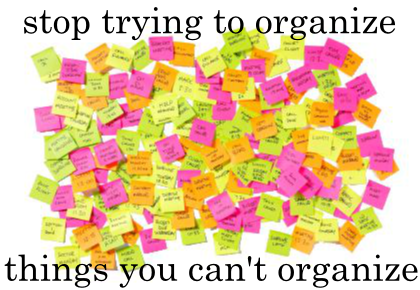 Some things genuinely are broken. International financial practices. Intellectual property law. Most well tie software.
Some things genuinely are broken. International financial practices. Intellectual property law. Most well tie software.
But some things are the way they are because that's how people like them. People don't like sharing files, so they stash their own. Result: shared-drive cancer — no, it's not just your shared drive that looks that way. The internet is similarly wild, chaotic, and wonderful — but no-one uses Yahoo! Directory to find stuff. When chaos is inevitable, the only way to cope is fast, effective search.
So how shall we deal with the chaos of well log names? There are tens of thousands — someone at Schlumberger told me last week that they alone have over 50,000 curve and tool names. But these names weren't dreamt up to confound the geologist and petrophysicist — they reflect decades of tool development and innovation. There is meaning in the morasse.
Standards are doomed
Twelve years ago POSC had a go at organizing everything. I don't know for sure what became of the effort, but I think it died. Most attempts at standardization are doomed. Standards are awash with compromise, so they aren't perfect for anything. And they can't keep up with changes in technology, because they take years to change. Doomed.
Instead of trying to fix the chaos, cope with it.
A search tool for log names
We need a search tool for log names. Here are some features it should have:
- It should be free, easy to use, and fast
- It should contain every log and every tool from every formation evaluation company
- It should provide human- and machine-readable output to make it more versatile
- You should get a result for every search, never drawing a blank
- Results should include lots of information about the curve or tool, and links to more details
- Users should be able to flag or even fix problems, errors, and missing entries in the database
To my knowledge, there are only two tools a little like this: Schlumberger's Curve Mnemonic Dictionary, and the SPWLA's Mnemonics Data Search. Schlumberger's widget only includes their tools, naturally. The SPWLA database does at least include curves from Baker Hughes and Halliburton, but it's at least 10 years out of date. Both fail if the search term is not found. And they don't provide machine-readable output, only HTML tables, so it's difficult to build a service on them.
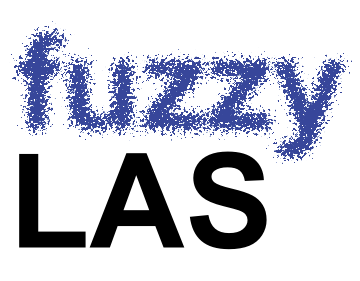 Introducing fuzzyLAS
Introducing fuzzyLAS
We don't know how to solve this problem, but we're making a start. We have compiled a database containing 31,000 curve names, and a simple interface and web API for fuzzily searching it. Our tool is called fuzzyLAS. If you'd like to try it out, please get in touch. We'd especially like to hear from you if you often struggle with rogue curve mnemonics. Help us build something useful for our community.
I just spotted this wry look at standards — and how to spot a good one — from Neil McNaughton, editor of the excellent OilIT monthly oil-patch technology magazine. His advice: "May your standards be focused—small is beautiful."


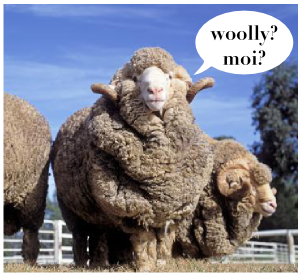
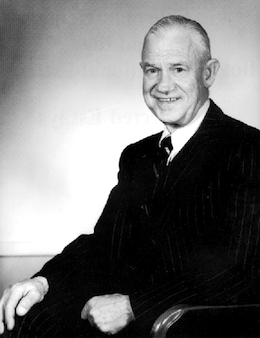
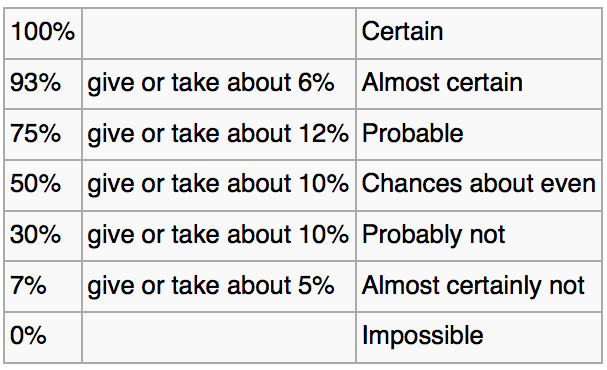

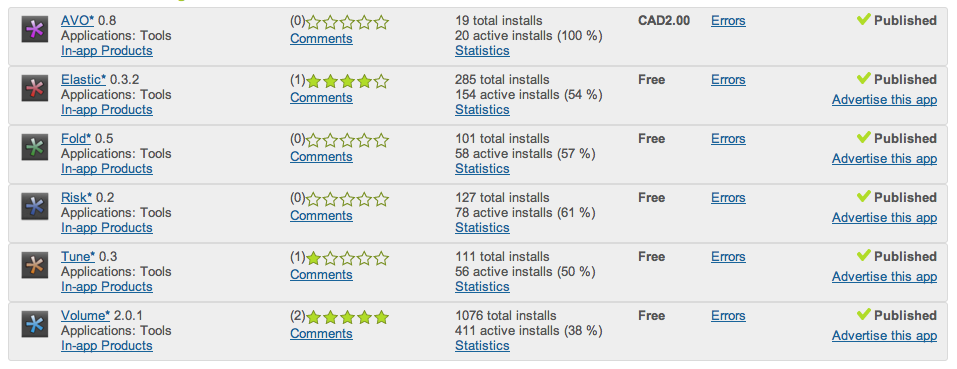

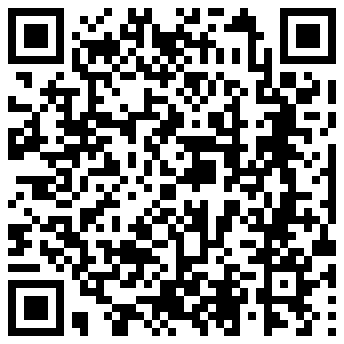

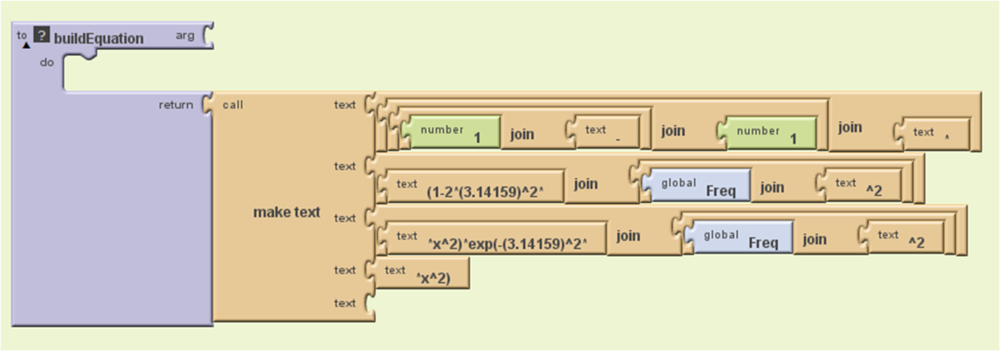
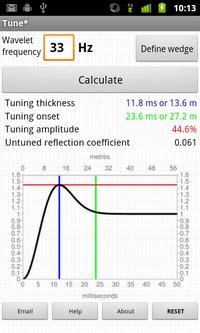
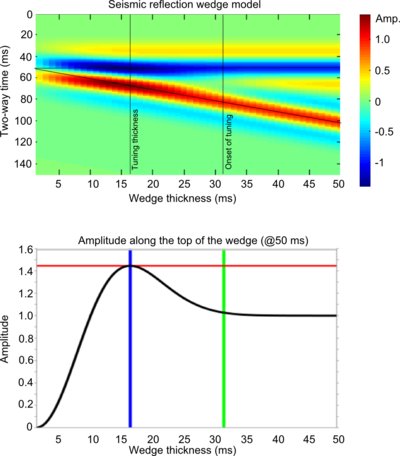
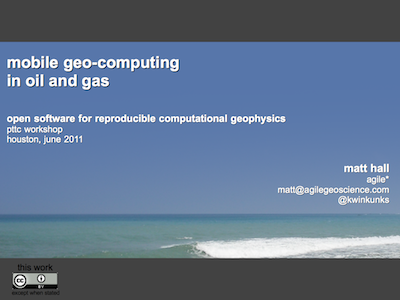
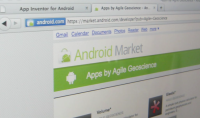
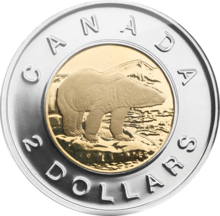
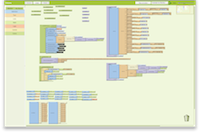






 Except where noted, this content is licensed
Except where noted, this content is licensed